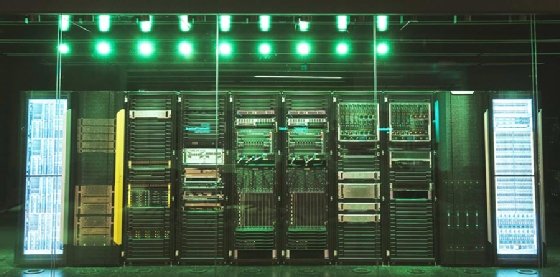
Getty Images
HPE GreenLake updates aim for public cloud-like simplicity
HPE GreenLake has been simplified to feel more like a public cloud while making management of VMs across hybrid clouds more consistent.
LAS VEGAS -- Customers can consume HPE GreenLake services easier as the vendor rolled out incremental updates that bring more public cloud-like features to customers' private data centers.
The vendor rolled out a number of updates and enhancements to its pay-per-use private cloud, GreenLake, that aim to simplify the deployment and consumption of IaaS. These and other GreenLake updates launched during HPE Discover 2022, the company's first in-person conference since 2019.
The goal is to make service models such as GreenLake seem like users are buying from a public cloud, said Dave Raffo, analyst at Evaluator Group. This includes adding new features to GreenLake, expanding and improving existing ones, and connecting to different clouds.
"These service models are still works in progress, so [the vendors] are adding one piece at a time," Raffo said.
HCI to hybrid
GreenLake for hyper-converged infrastructure (HCI) already exists, but now it is more self-service, Raffo said. Customers won't choose what hardware it runs on; HPE ships ProLiant servers or Nimble disaggregated hyper-converged infrastructure (dHCI) to meet the customers' needs.
"Customers say, 'I want a certain amount of IOPS and capacity,' and HPE ships the hardware that can be provisioned through the GreenLake portal," he said.

For those who want dHCI, this simplicity could be a big benefit, Raffo said. Customers can still use HPE partner Nutanix's system or HPE's SimpliVity if they don't need dHCI.
This can also be thought of as a hybrid cloud deployment, as it supports AWS Elastic Compute Cloud (EC2) instances, Raffo said. With support for EC2 APIs or vSphere APIs, or using Nutanix or Nimble, IT pros have a number of choices, he said.
Support for VMs across hybrid clouds will be a strong enabler for organizations with multi-cloud strategies, according to Steve McDowell, analyst at Moor Insights & Strategy.
"The embedded capability within GreenLake to manage those virtual machines across hybrid cloud boundaries is compelling -- and not something HPE's direct competitors have, without using the partner ecosystem," McDowell said.
Currently, this support is for AWS, he said. If customers run a VM on AWS or on GreenLake, they can migrate between those platforms through HPE's single control plane that manages VMs across a hybrid cloud boundary as if they were on a single infrastructure.
"That is the holy grail goal of all these hybrid cloud plays by everyone in the industry," McDowell said. "Give me a consistent management plane."
Recasting the private cloud
Part of enabling hybrid cloud strategies for customers is HPE GreenLake for Private Cloud Enterprise. GreenLake for Private Cloud Enterprise has been redesigned to feel more like the public cloud, bringing the public cloud experience to its users' on-premises deployments, HPE said.
With AWS or Azure, users get a dashboard and a way to push a button to build infrastructure. HPE has moved GreenLake closer to a cloud-like experience, where customers don't have to think about hardware, McDowell said.
"[GreenLake] is evolving toward a consistent management experience that gives customers a private cloud within their enterprise, with new data service capabilities and a bridge to the public cloud," McDowell said.
The biggest differences between the previous versions of GreenLake Private Cloud and the new Private Cloud Enterprise are the consistent management plane and the simplification gained by making it more cloud-like, he said.
HPE GreenLake currently has more than 1,600 enterprise customers, the company reported in a press release.
Tighter integration with Red Hat
HPE also expanded its 15-year partnership with Red Hat to add OpenShift Container Platform for Enterprise Linux, Ansible automation platform and other Red Hat software to GreenLake.
Raffo speculates that several companies will partner more aggressively with Red Hat while they wait to see what is going to happen between Broadcom and VMware. This presents another alternative -- Nutanix being another -- to VMware, although it will be some time before the effects of the Broadcom-VMware merger play out.






